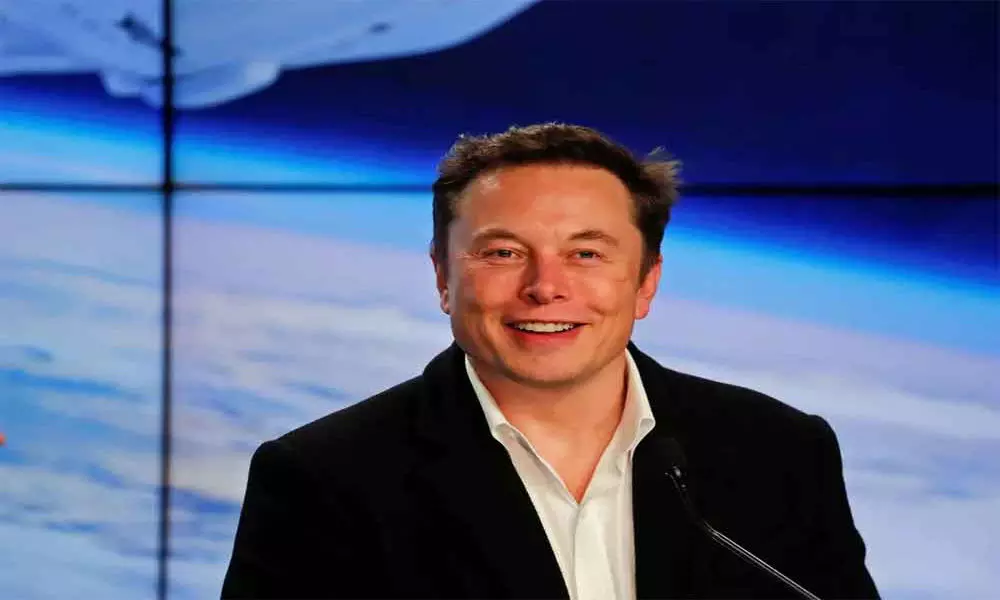Live
- Bengal Police caution of possible communal tension on Ram Navami
- Indian Table Tennis legend Sharath Kamal retires following WTT Star Contender exit
- Bihar Day celebration in Delhi: J.P. Nadda hails Purvanchal’s development under NDA
- RFDL 2024-25: Jamshedpur FC inch closer to National Championship with third straight win
- Death toll rises to 1,644 following powerful earthquake in Myanmar
- MP: Municipal official’s face blackened for hurting religious sentiment in Damoh, probe underway
- Saturn Transit in Pisces 2025–2027: Insights by Astrologer Pt Umesh Chandra Pant
- Law and order in TN has collapsed: TMC(M) leader GK Vasan
- 'Khakee: The Bengal Chapter' actress Nyrraa M Banerji pens a heartfelt message for fans
- Youth stabbed to death in Delhi, police intensify investigation








